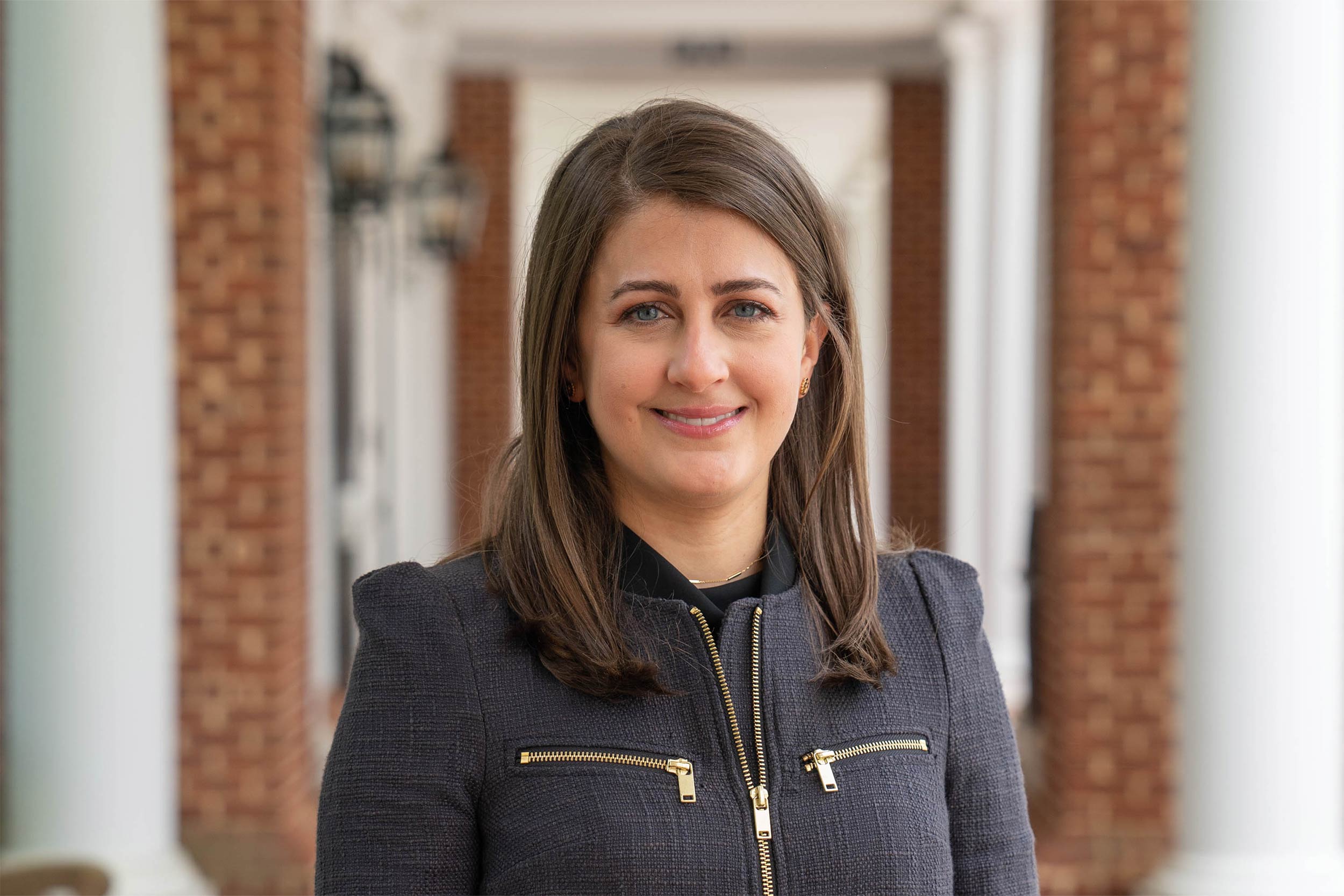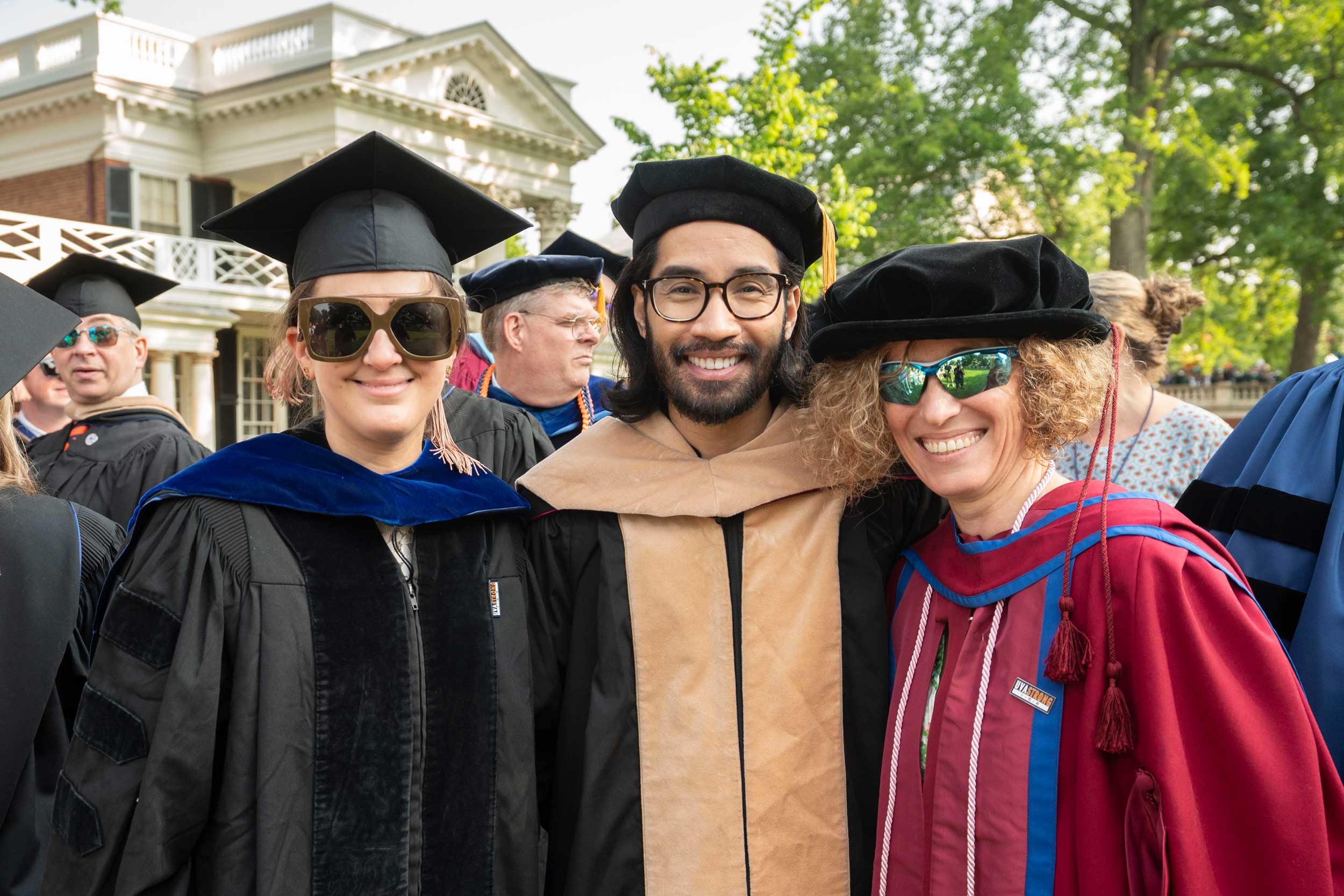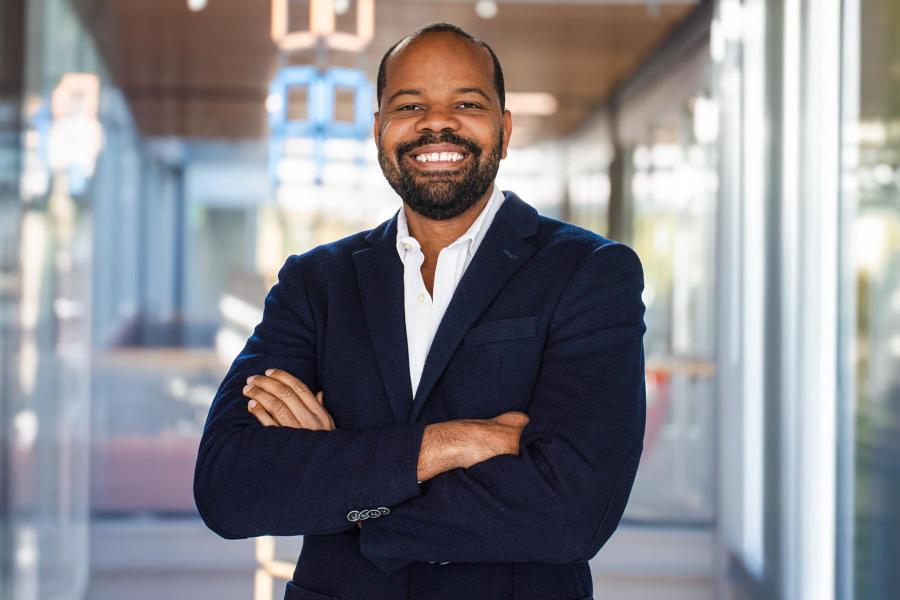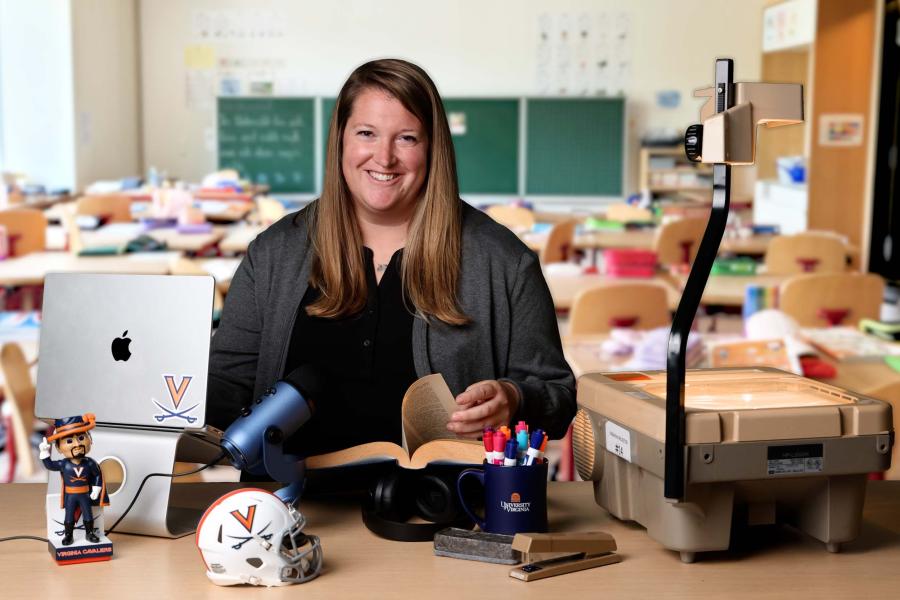In our classrooms, because participation is a big part of the grade, everyone has an incentive to contribute and I can see, in real time, if they have internalized what we are learning. I also believe it contributes to retention. Having a peer explain a concept to you, in a discussion format, resonates more.
Q. What motivates you as a teacher?
A. It sounds corny, but it is true: It is the “aha!” moment when a student gets something, or a student’s face when they understand something they were struggling with. There is no bigger reward than that. When you see something click, it is really motivating.
Q. How do you make some of the economic concepts that you teach accessible to students?
A. I teach a core class that first-year Darden students have to take, and then an elective class, Money and Banking. My approach is different across the two.
All of the students in my elective course have already taken some economics because of the core and some even have a professional background in economics from their time before Darden. They also chose to take the class and are therefore predisposed to be interested in the material. So, we can do really interesting deep dives into subjects.
My core class is also really exciting, just in a different way. Some of the students do not have a background in economics, while others do. One of my big goals is to help students to be precise in their questions and formulate questions about material that they might not understand. I tell them that asking questions is a key way to participate, and that verbalizing questions is helpful for other people. I try to create conversation between students who have not seen the material before and students who have, or who grasp it more intuitively, and engage both groups while helping them to learn from each other.
At the end of the day, I try to make the class comfortable for everyone, whether you are an expert or you have never seen any of this before. I try to bring as many people on board as I can.
Q. Darden is also known for having a close-knit community outside of the classroom. How do you build relationships with students over their time there?
A. I actually somewhat resisted this when I first came because I felt like it was important to have a boundary, especially as a younger faculty member. Over time however, as I have gotten to know students and faculty and they have become familiar with me as a faculty member, I have realized that the barrier does not need to be as strong as I initially thought.
I try to get involved in several different ways. One is a student-run charity auction each year, where faculty often donate something that involves their time, such as a lunch, dinner or outing, to raise money for a good cause. It is very casual – I often end up going with small groups of students for a meal, meeting them for breakfast, that kind of thing. I also participate in specific lunches during the quarter that students organize to get to know their professors better and learn more about our research. In turn, I get to learn more about my students’ backgrounds and what they are interested in, and how we might work together.
Students also tend to stay in touch after they graduate, which is wonderful. I’ll get emails from alumni asking about a recent economic shock, for example, or I sometimes give talks at alumni events – I gave one recently about cryptocurrency.
Q. How do you bring current events into your classroom?
A. I frequently bring current events into my elective courses. We talked a lot about the Silicon Valley Bank collapse this spring, for example. It happened just as we were entering a new quarter and we had a really great open discussion of what was going on and what it said about our financial system. There was a lot of discussion about how the Fed might handle the situation, and about the economic relationship with the Fed in general.











